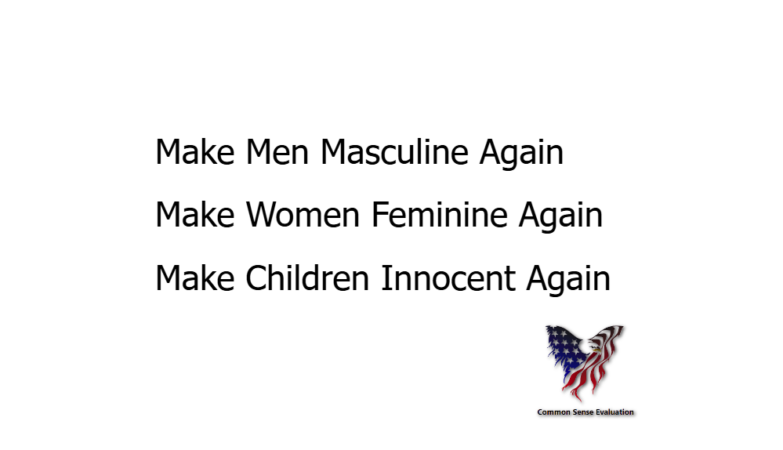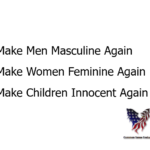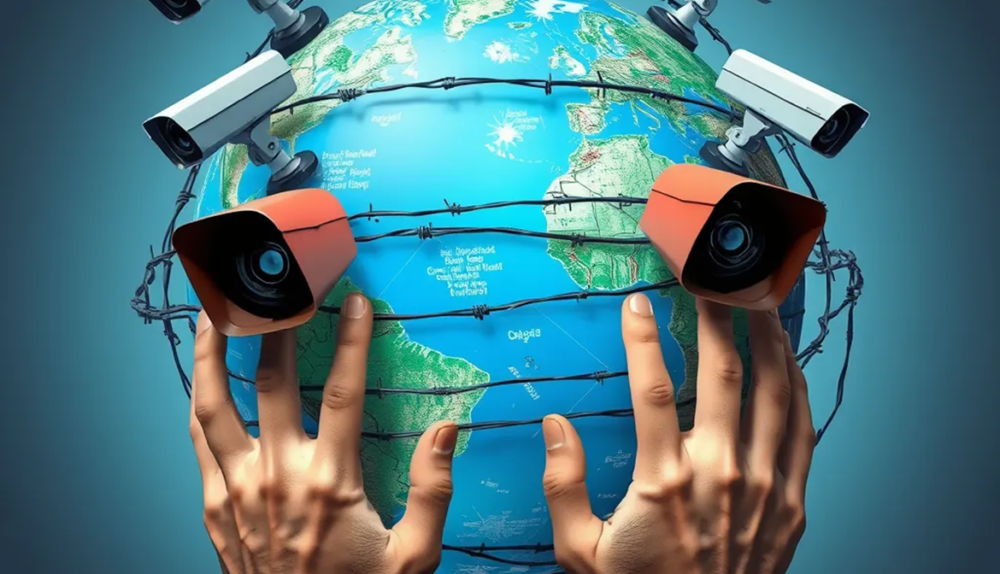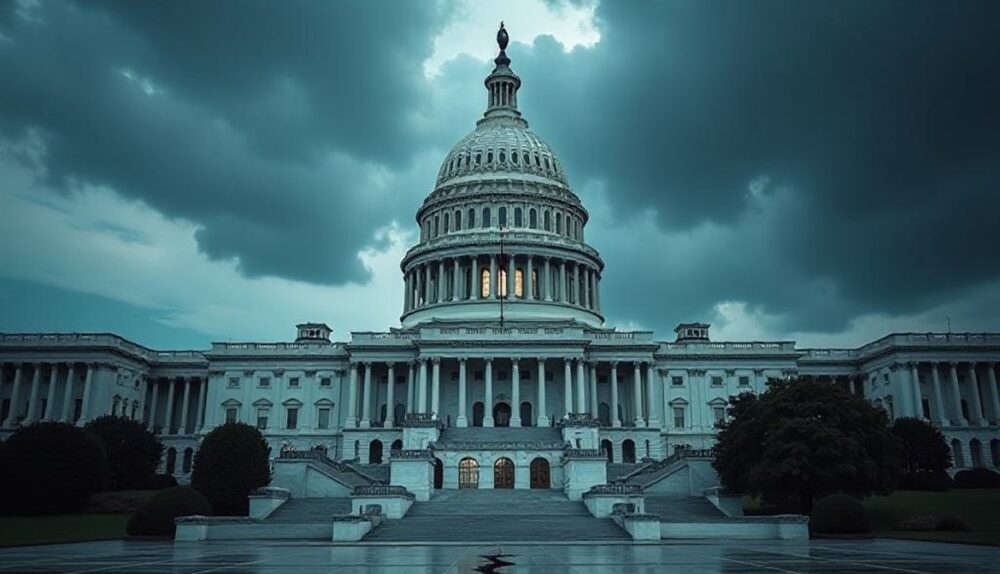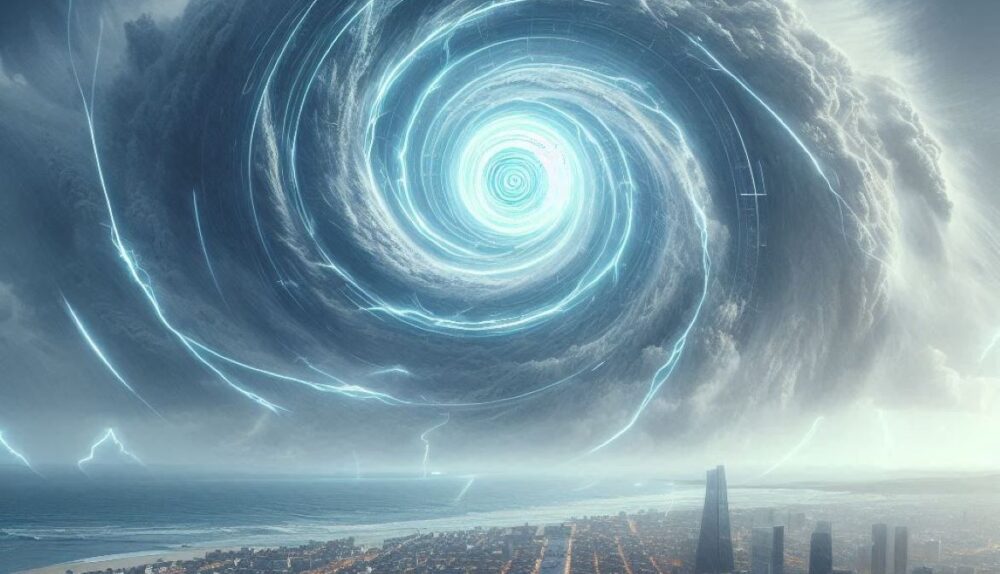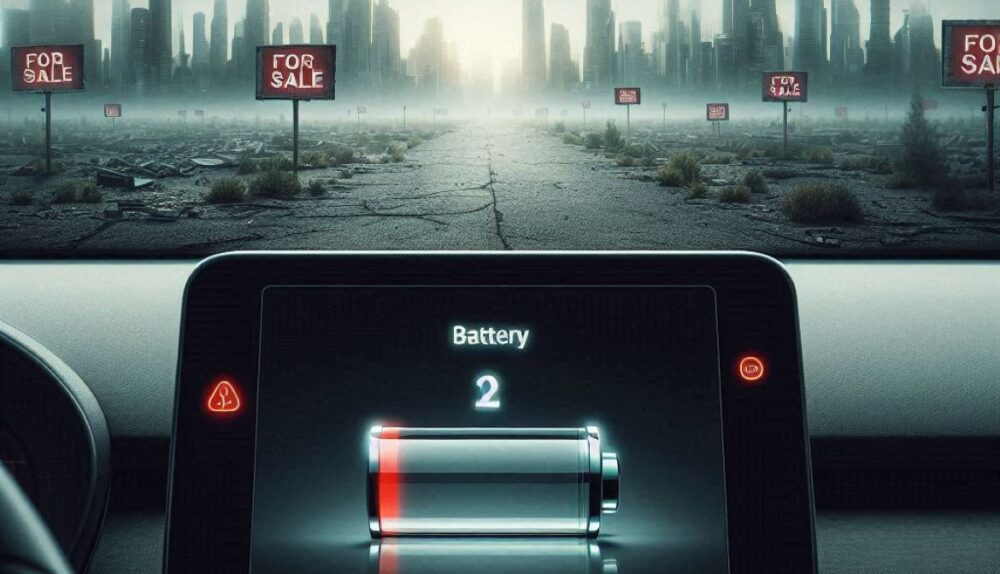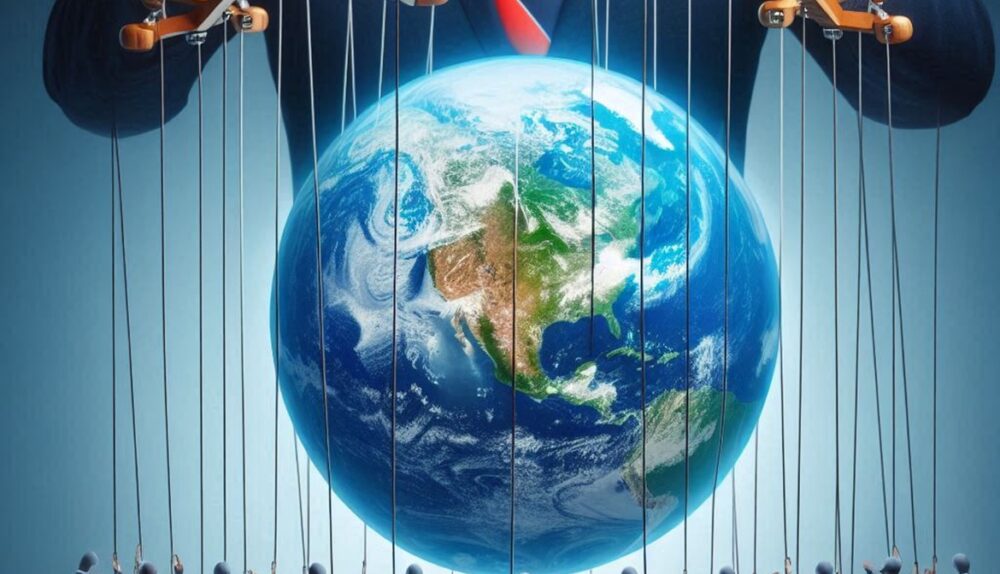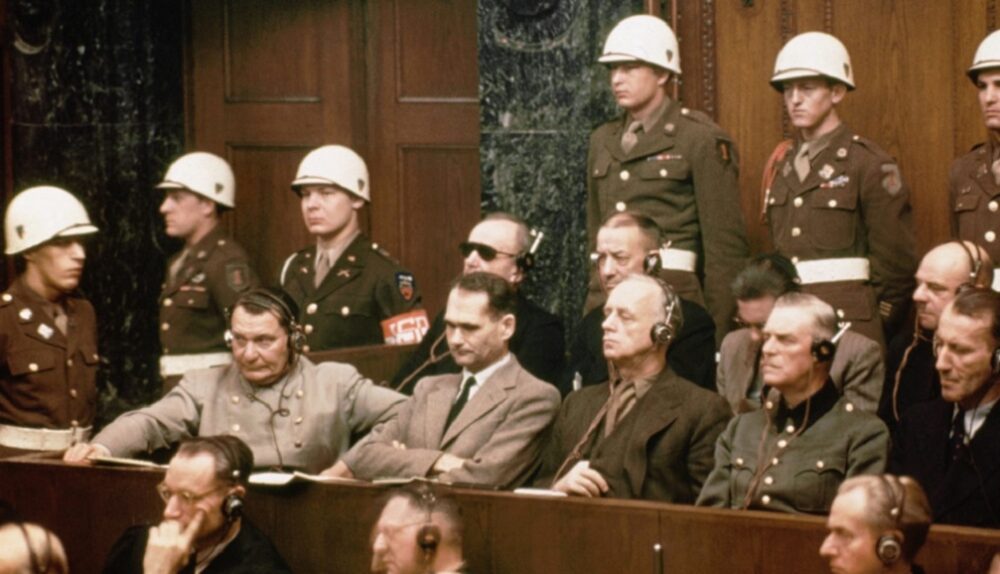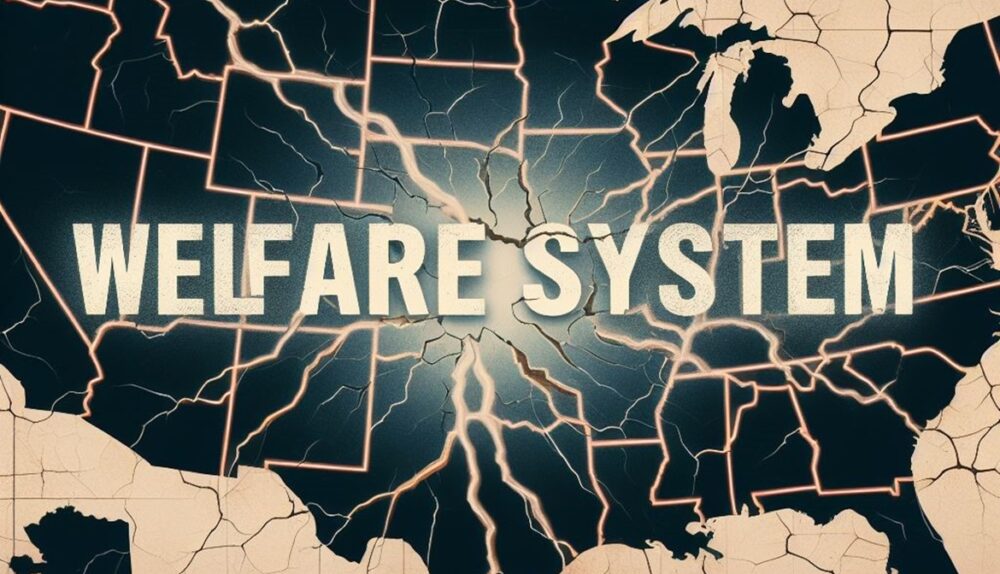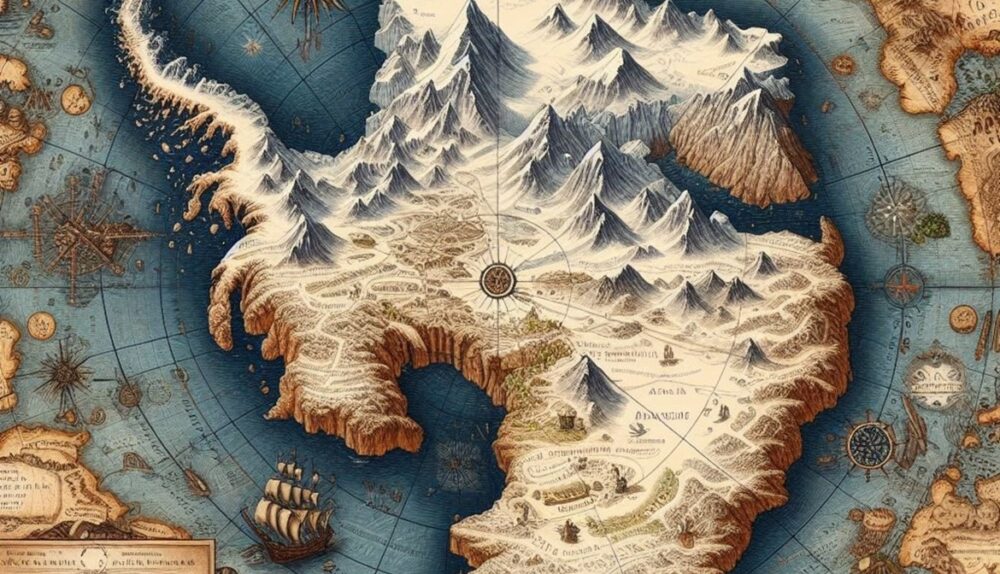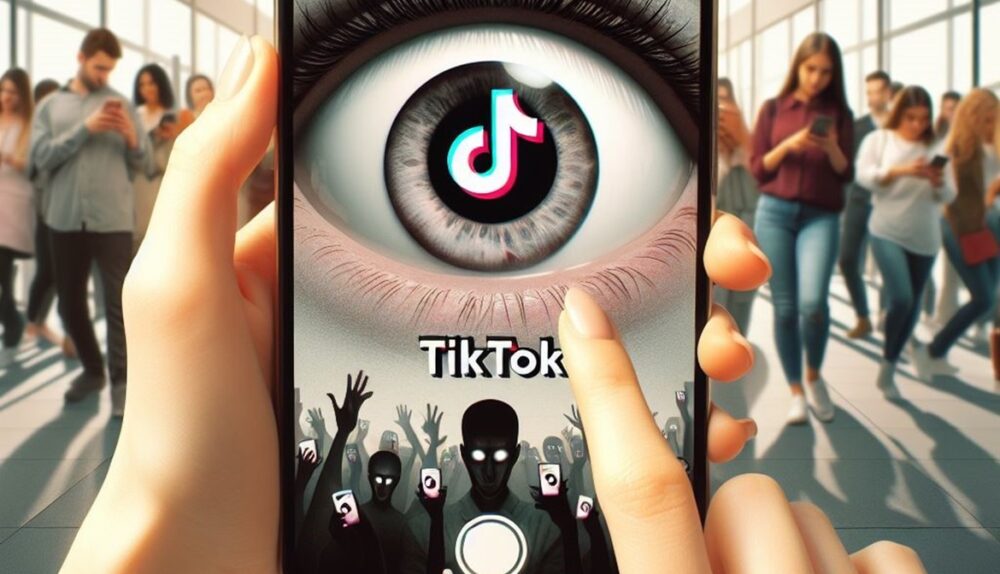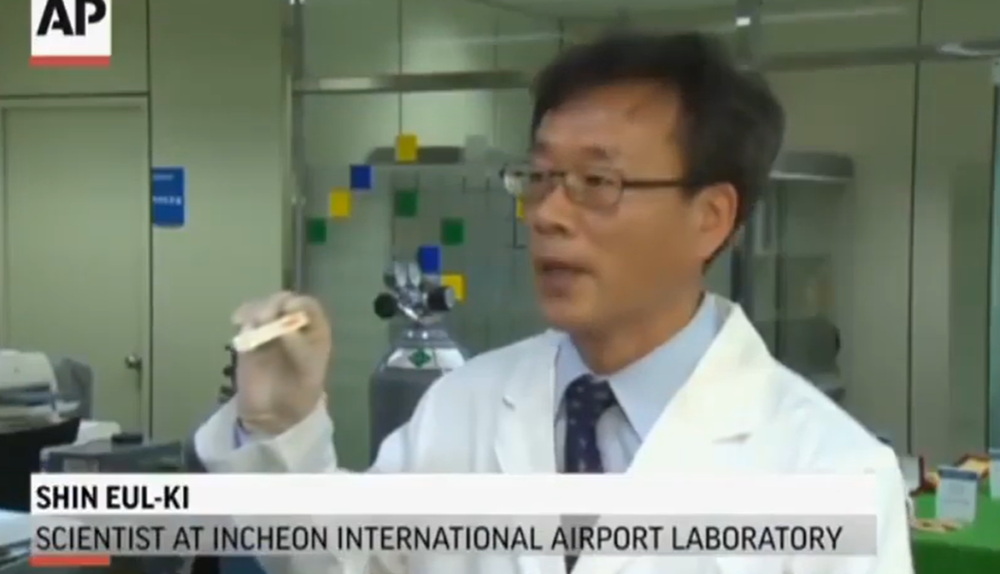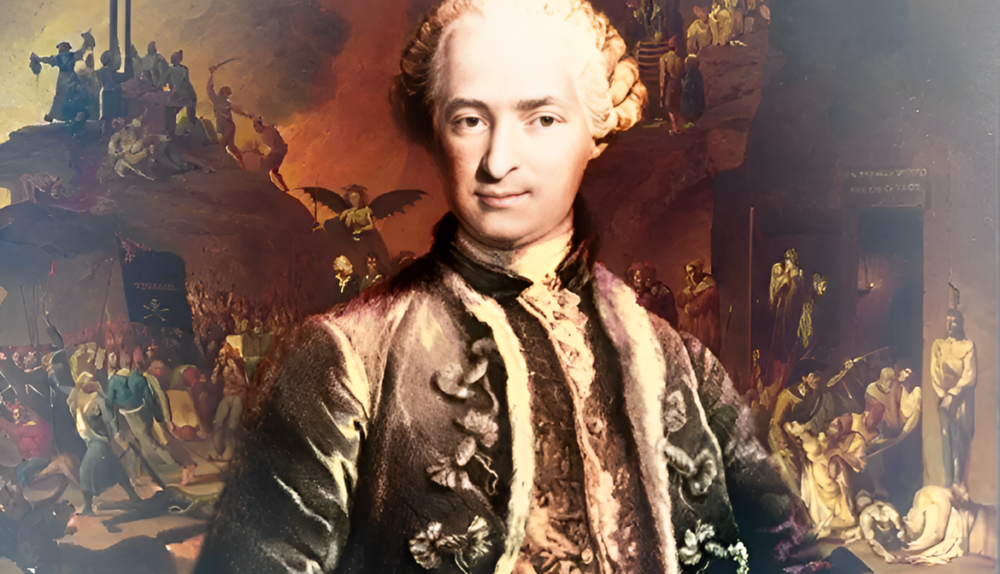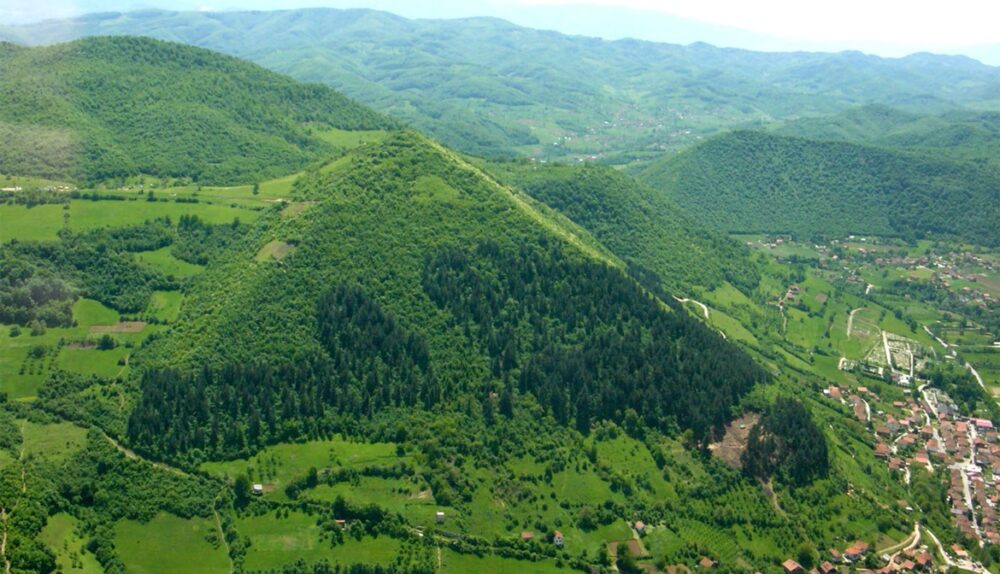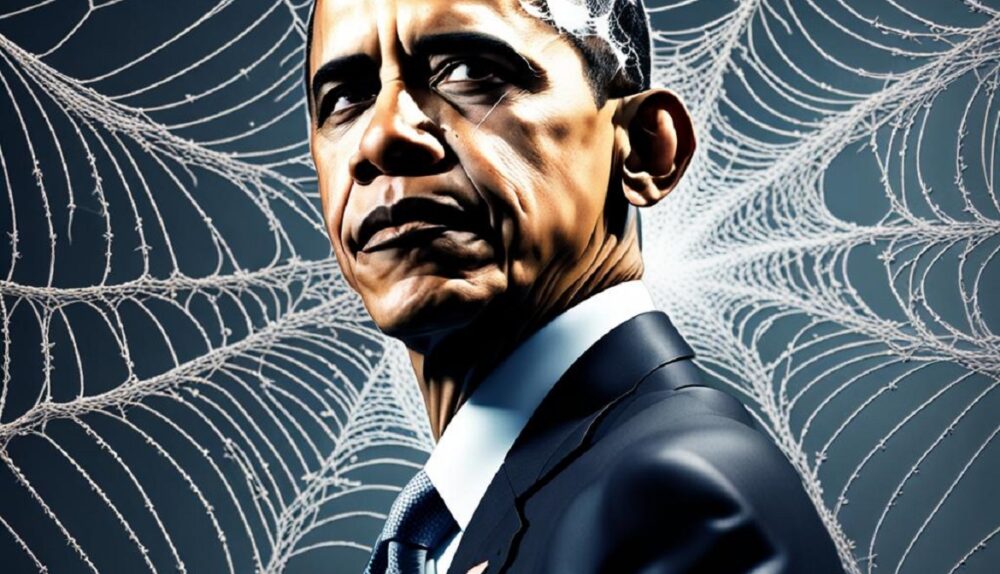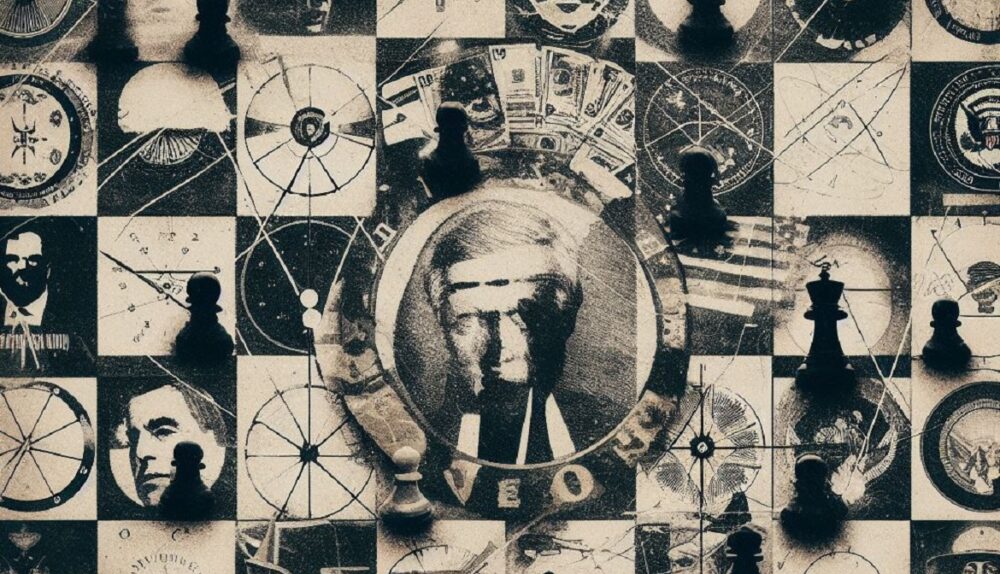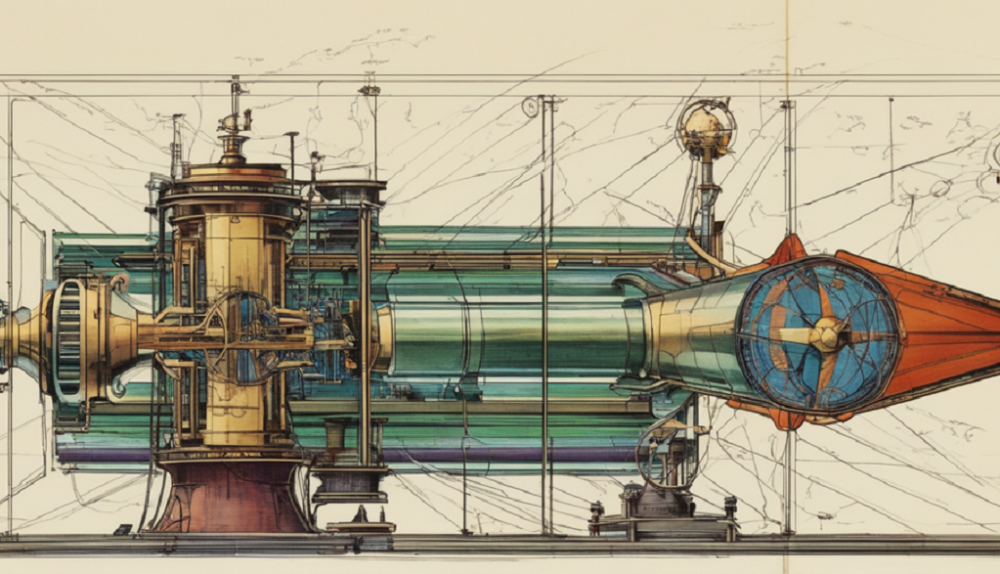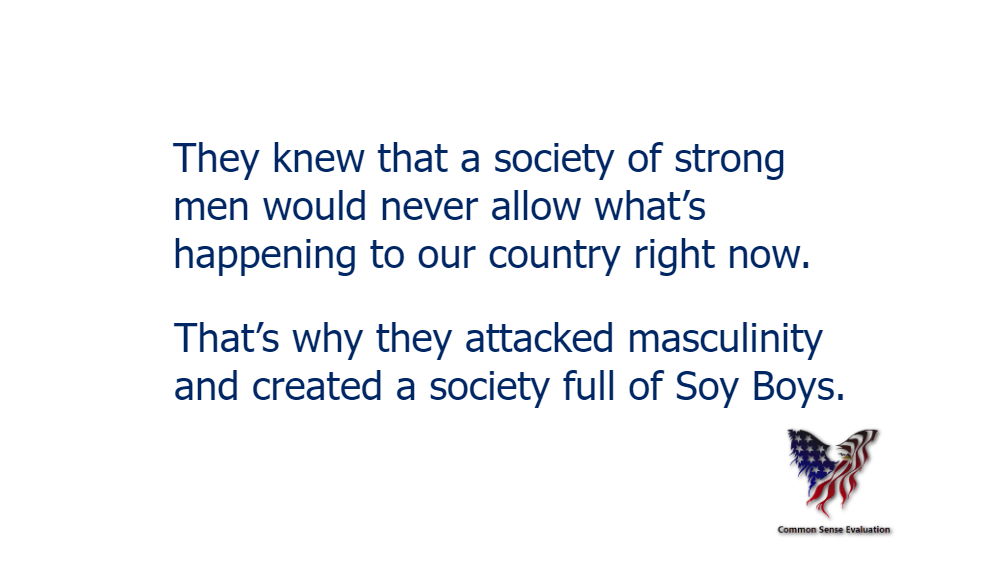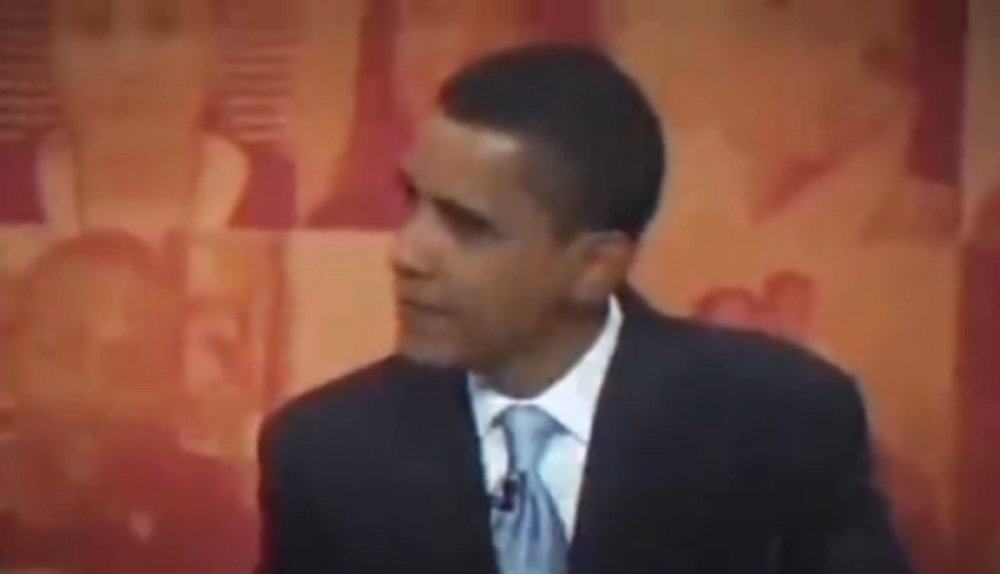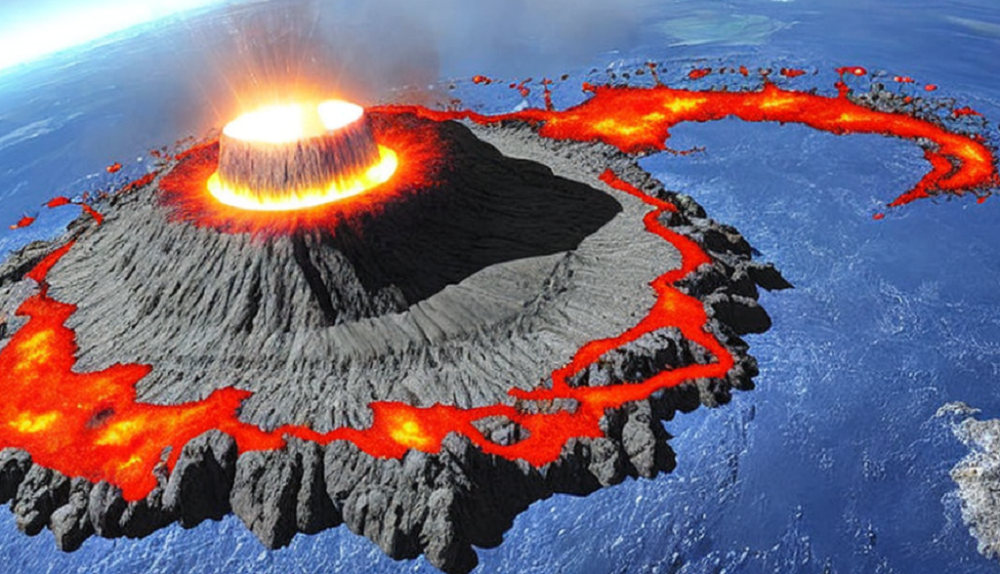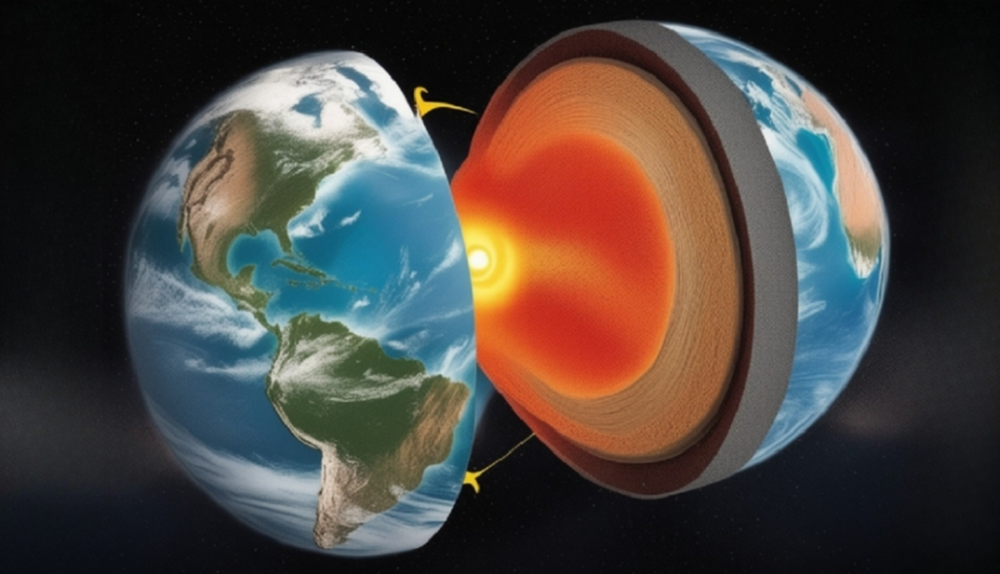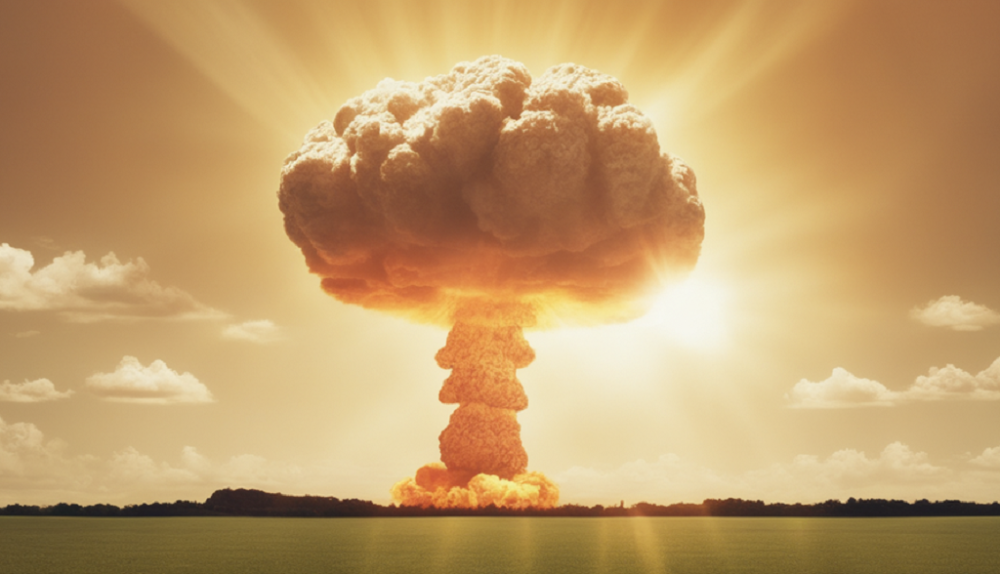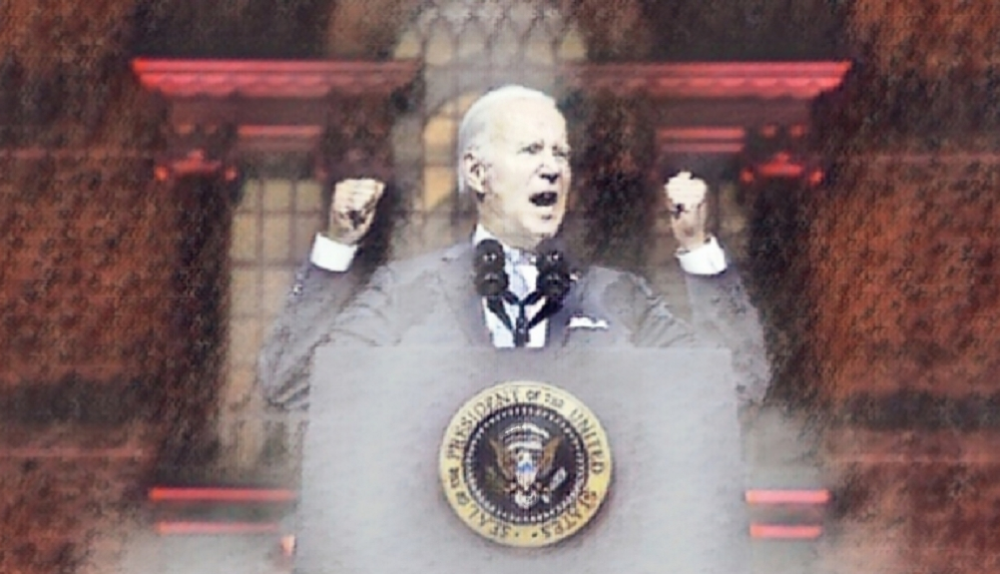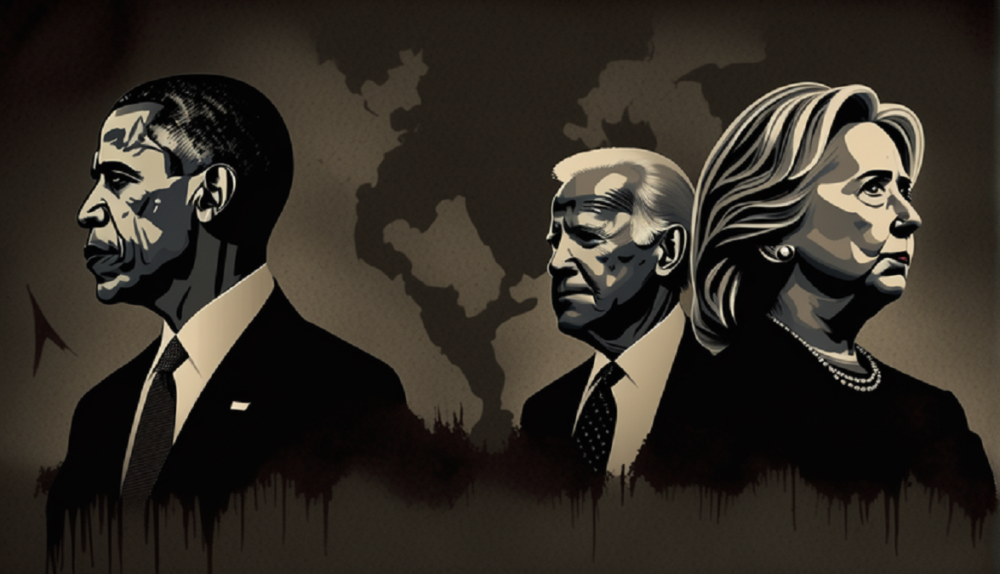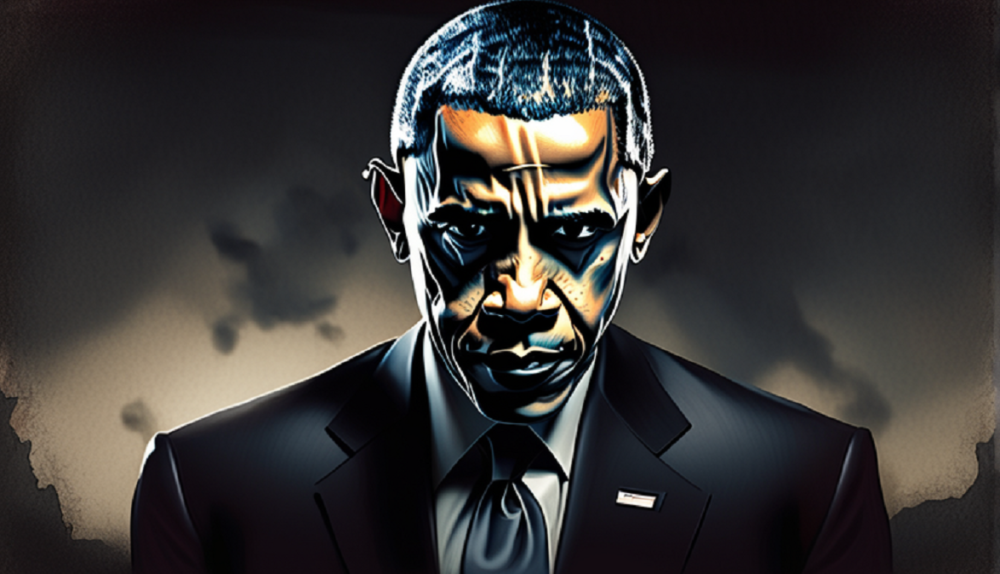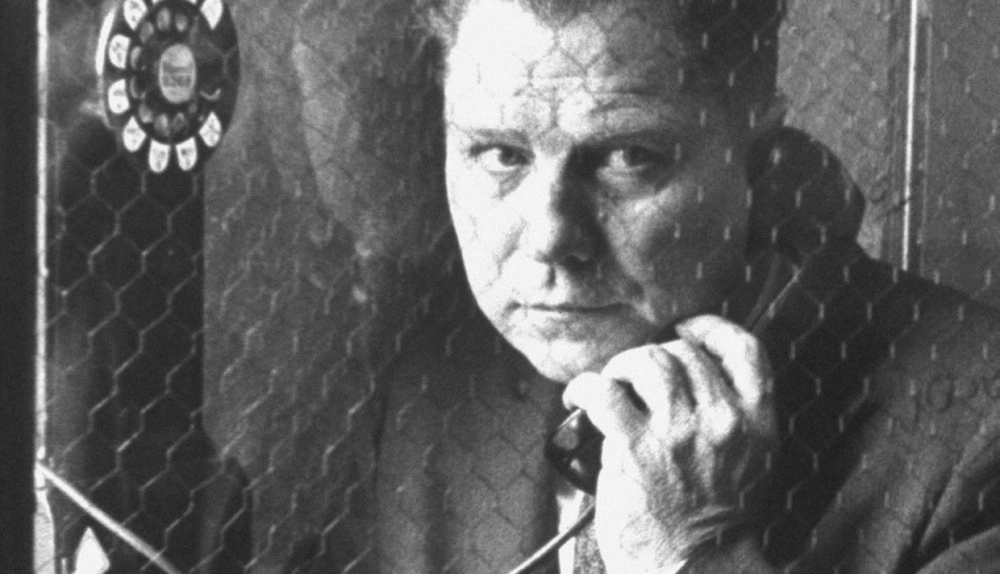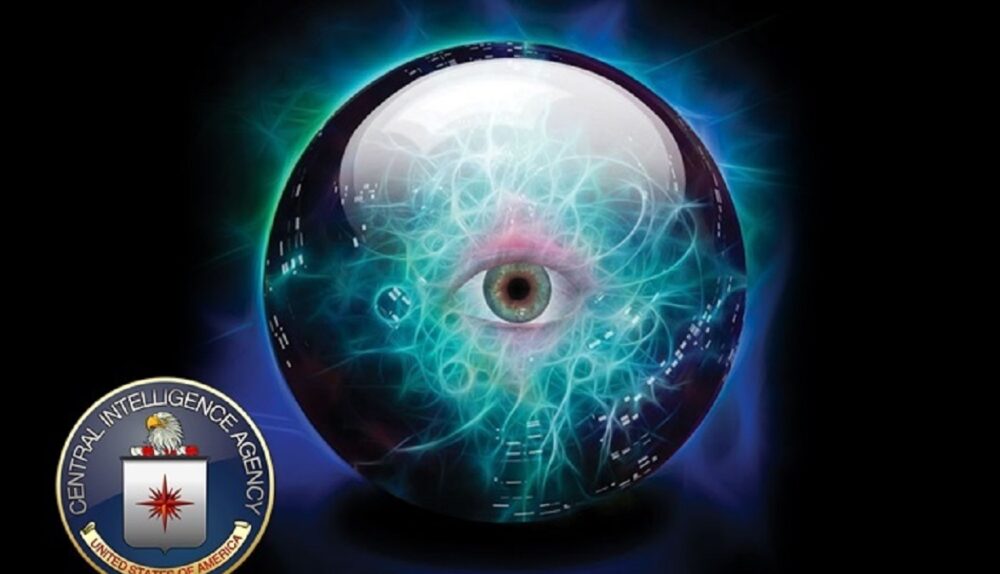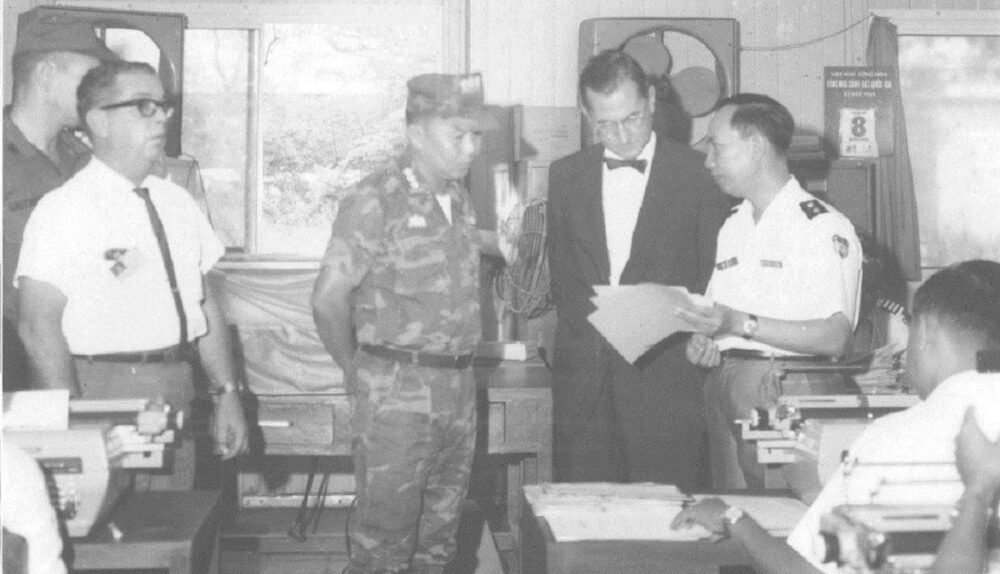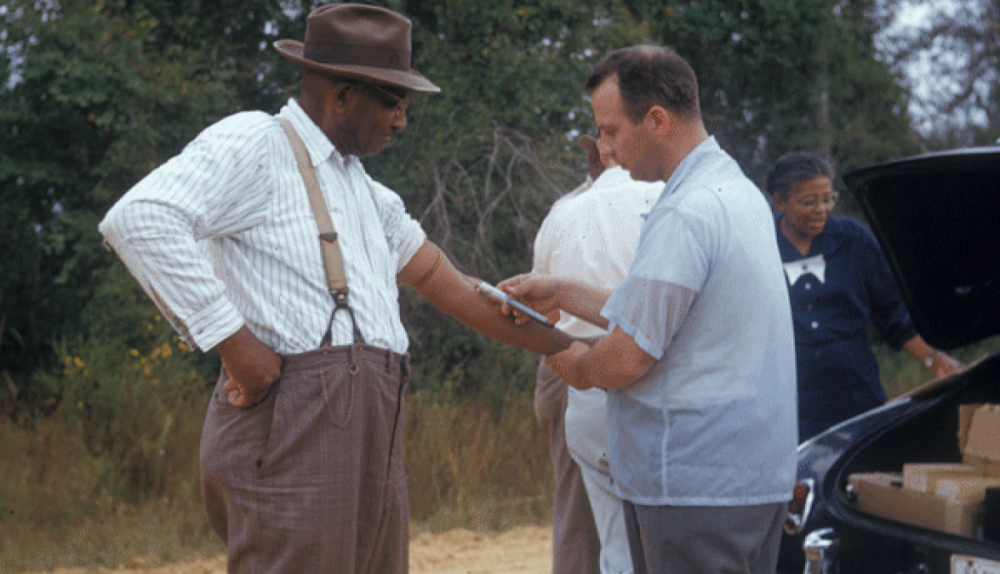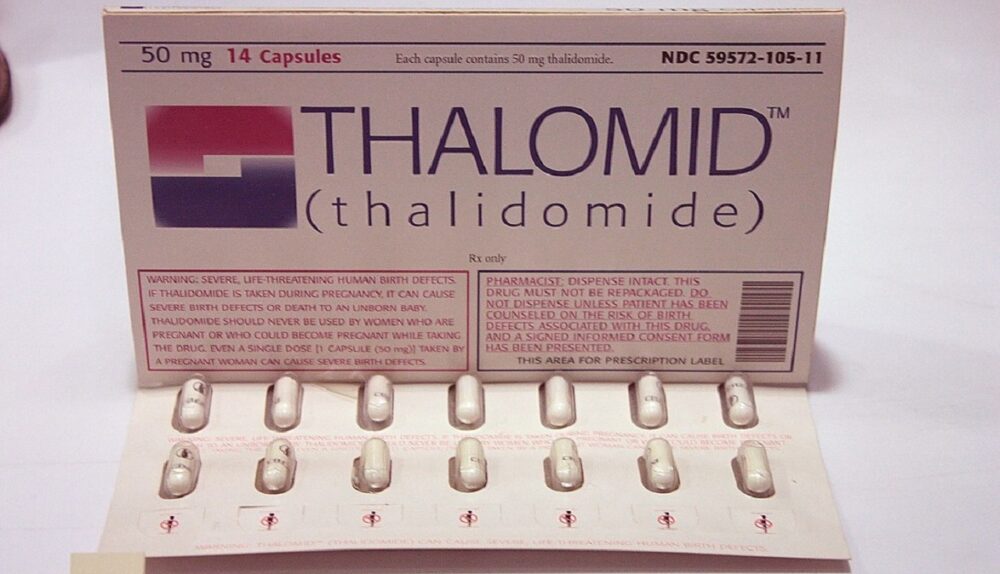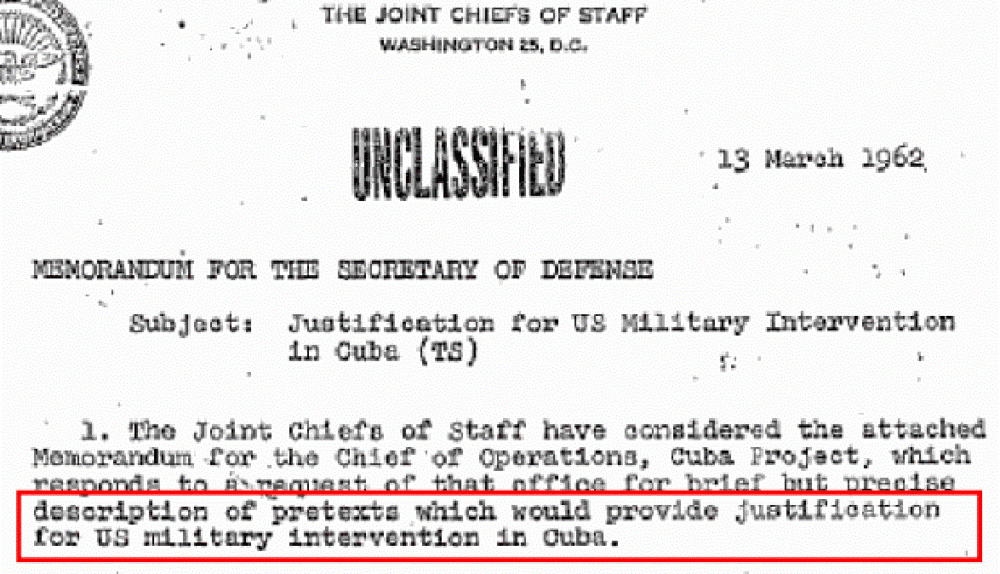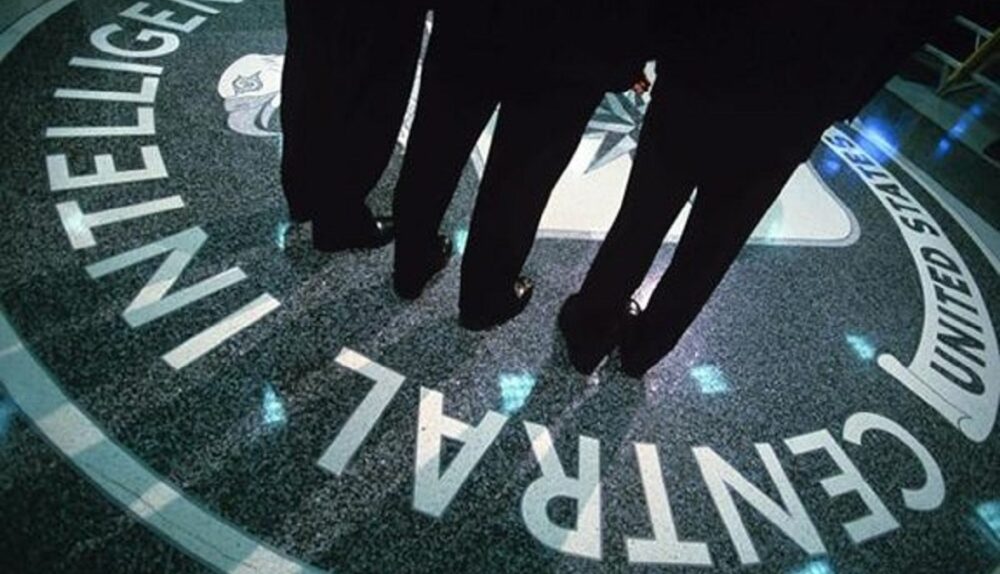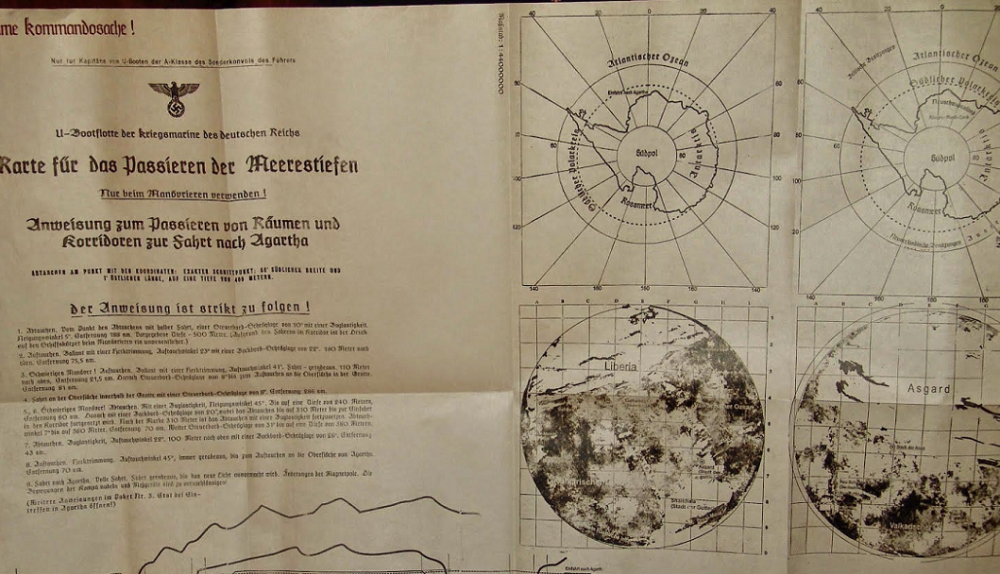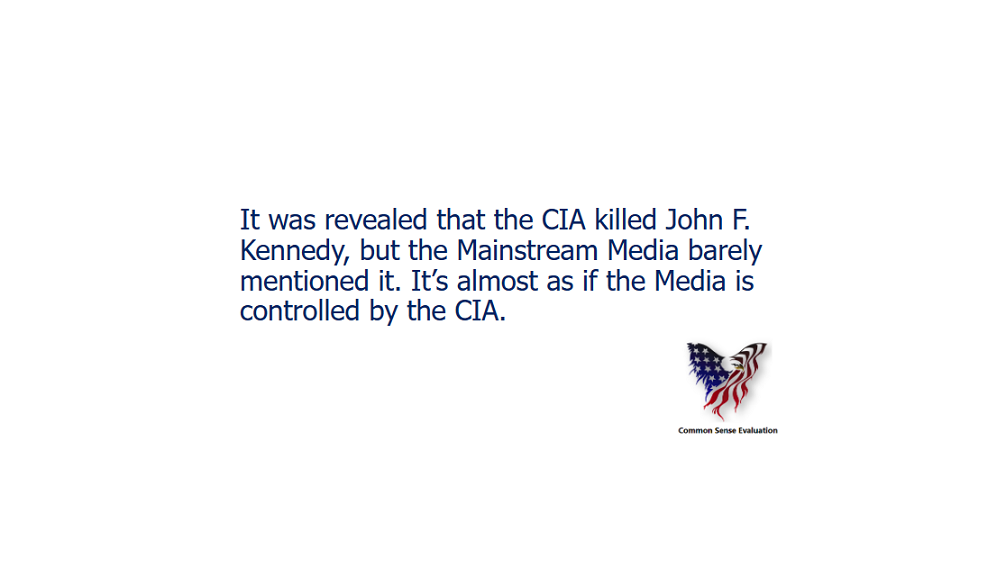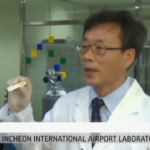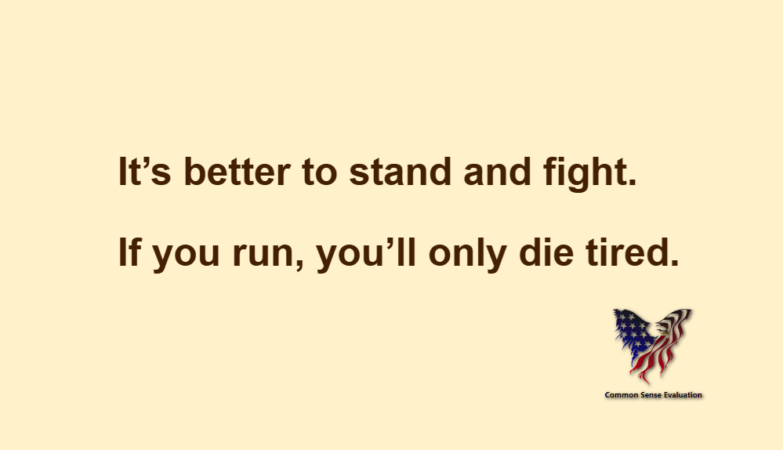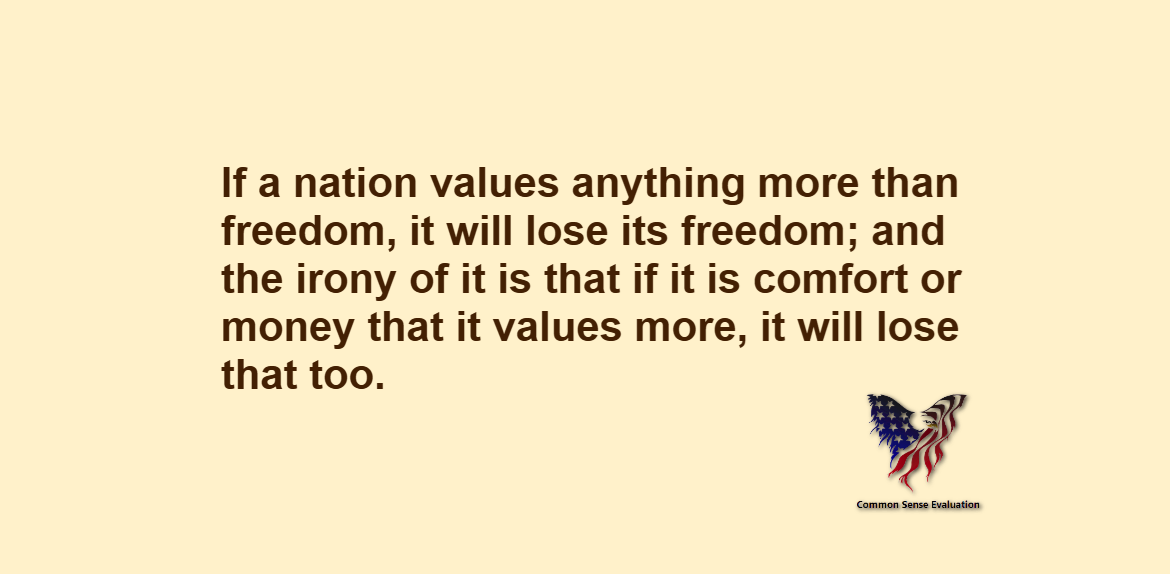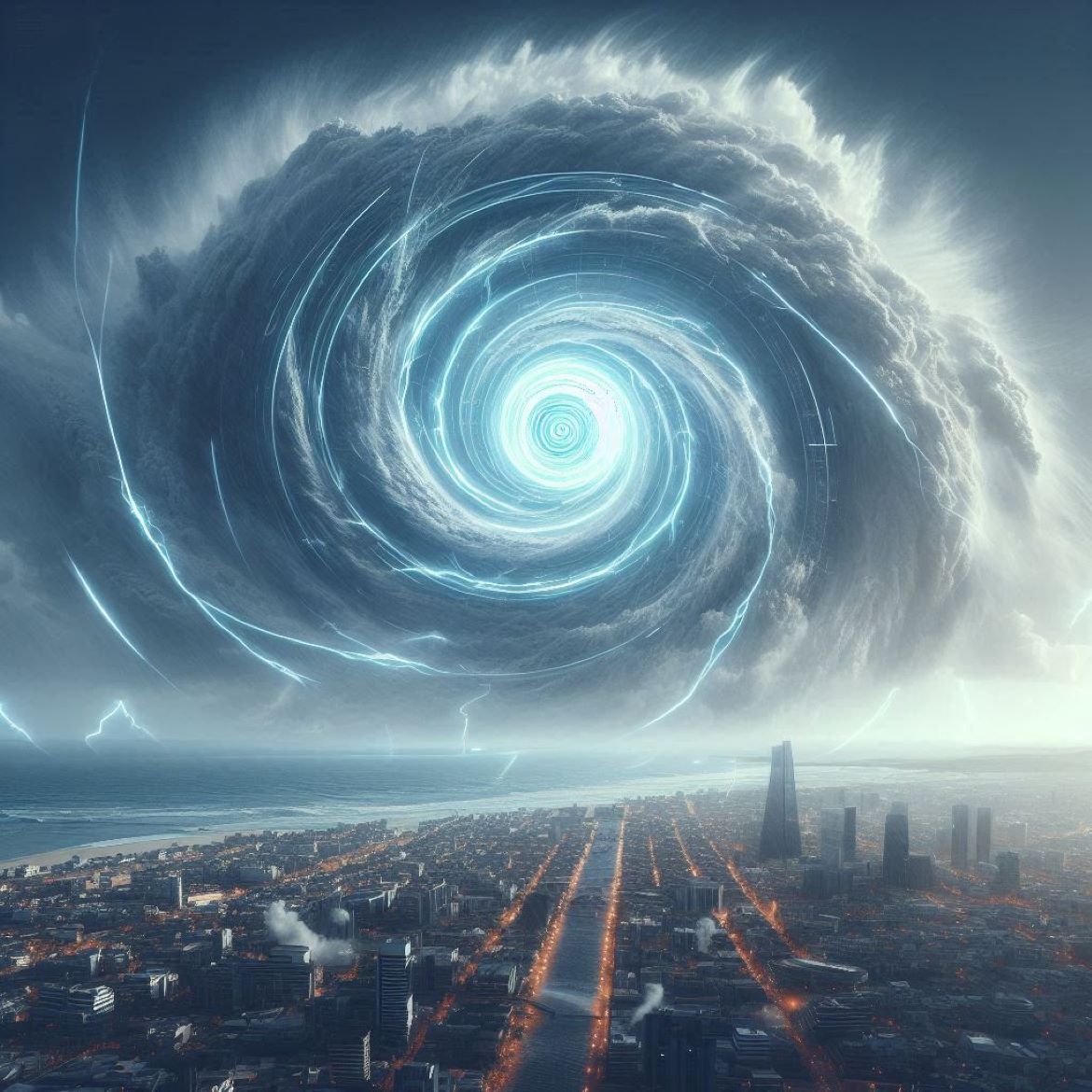Their Wars
Make Again
Alive and Well
Cornish Game Hen On The Grill
Talent
Strong Minds
Stand and Fight
Random Riddle: Missing 3-Letter Word
Joke Of The Day: Teaching Manners
The HAARP Effect: What You Need to Know About Hurricanes Today
Hurricanes are a force of nature—powerful, unpredictable, and devastating. They bring with them destruction, flooding, and a loss of life and property that can take years, even decades, to recover from. But what if I told you there’s more to these storms than meets the eye? In recent years, more people have begun to look at the strange patterns in our weather and ask questions. And one of the biggest questions is about HAARP.
HAARP, short for the High-Frequency Active Auroral Research Program, is a research facility located in Alaska. While officially described as a program for studying the ionosphere, many believe that its capabilities go far beyond that. And with the rise of intense and frequent hurricanes, it’s worth taking a closer look.
What is HAARP?
Let’s start with the basics. HAARP was established in the 1990s by the U.S. military in collaboration with the University of Alaska and several other institutions. The project uses a massive array of antennas to send high-frequency radio waves into the ionosphere, a region of the Earth’s atmosphere about 50 miles up.
The stated goal of HAARP is to study how the ionosphere influences communications, navigation systems, and space weather. This all sounds reasonable, right? After all, understanding how solar flares or space weather might disrupt GPS or satellite communications seems like an important area of research. But here’s where things start to get strange.
The technology used by HAARP has the ability to heat up the ionosphere. By sending radio waves into this part of the atmosphere, it can create controlled disturbances. And that’s where some believe the real power of HAARP lies—not in studying space weather, but in manipulating it.
Hurricanes and the Weather: A New Normal?
In recent years, we’ve seen a disturbing increase in the frequency and severity of hurricanes. More than that, these storms are behaving in ways we haven’t seen before—rapid intensification, unpredictable paths, and sudden shifts in strength. Take Hurricane Harvey in 2017, which stalled over Houston for days, dumping over 60 inches of rain. Or Hurricane Dorian in 2019, which lingered over the Bahamas, causing unprecedented devastation.
Is it just bad luck? Is this simply the result of shifting global weather patterns? Or is something else at play?
One theory is that HAARP could be affecting the development and strength of hurricanes. While officially the project has been shut down since 2014, the facility remains operational, and research continues. Critics have pointed out that the technology HAARP uses has the potential to influence large-scale weather systems by altering the ionosphere. And if you can control the ionosphere, you might be able to impact weather patterns—hurricanes included.
How Could HAARP Influence Hurricanes?
You may be wondering: how could a research facility in Alaska possibly have anything to do with a hurricane forming in the Gulf of Mexico or the Atlantic? The answer lies in the interconnectedness of Earth’s systems. The ionosphere, though far above the surface, plays a critical role in the behavior of the atmosphere beneath it. Changes in the ionosphere can cause ripples throughout the atmosphere, influencing jet streams, storm formations, and even the direction of hurricanes.
HAARP’s ability to heat specific sections of the ionosphere could, in theory, create a chain reaction that affects weather systems around the globe. While the official line is that HAARP is purely for research, the technology is powerful enough to alter weather patterns—either intentionally or unintentionally.
Imagine a scenario where a hurricane is slowly building in the Atlantic. A small nudge to the jet stream could steer the storm in one direction or another. Slight changes in atmospheric pressure might cause the storm to intensify or weaken. By carefully manipulating these factors, it’s conceivable that a program like HAARP could play a role in the trajectory or strength of a hurricane.
Why We Should Be Asking Questions
It’s important to understand that the official explanations about HAARP and weather control are designed to assure the public that nothing suspicious is going on. But as anyone who has looked into government programs knows, there’s often more going on beneath the surface. After all, if you were trying to control the weather, would you advertise it? Or would you wrap the program in the guise of “research” and “national security”?
Over the years, many have voiced their concerns about HAARP’s capabilities, and not just when it comes to hurricanes. Some believe it could be used to cause droughts, floods, or even earthquakes by sending specific frequencies into the ground. While these claims are often dismissed as fringe ideas, the fact remains that HAARP is one of the most powerful tools for manipulating the ionosphere ever created.
What We Don’t Know
What’s most concerning about HAARP is how little we truly know. The program was handed over to civilian control in 2014, but much of the research conducted there remains classified. We don’t know the full extent of what HAARP is capable of, nor do we have any real insight into how the technology has evolved since its inception.
The hurricanes we’re seeing today are more powerful than ever. Storms that used to be rare are becoming more frequent, and their behavior is less predictable. Could this be due to natural causes? Possibly. But it’s equally possible that we’re not being told the whole story.
Moving Forward
The next time you see a hurricane forming in the Atlantic or the Gulf, take a moment to think about what might be happening behind the scenes. While we’re told that hurricanes are just natural disasters, it’s worth asking whether they might be influenced by forces we don’t fully understand.
And it doesn’t stop there. Hurricanes, floods, and other extreme weather events can have a profound impact on society. When hurricanes strike close to Election Day, they can disrupt voting. Roads are flooded, power outages are widespread, and transportation comes to a halt. Imagine what could happen if HAARP—or any similar technology—were used to influence the timing and intensity of storms during critical election periods. With just a small manipulation of the ionosphere, a government could influence voter turnout by making it difficult, even impossible, for people to get to polling stations.
Think about it: if a powerful storm is aimed at a major city, or the surrounding areas are suddenly struck by severe weather, how would that impact people’s ability to vote? While officials assure us that everything is transparent, it’s hard not to wonder if such technology could be used for political gain. The consequences are far-reaching, and the potential for abuse is undeniable.
HAARP may officially be a research facility, but its technology has the potential to change the weather—and with hurricanes on the rise, and elections critical to the future of our country, we should all be paying closer attention.
The Uniparty and The Illusion of Choice
For years, we’ve been told that our vote matters. We’re encouraged to choose a side—Republican or Democrat—because these two parties supposedly represent the full spectrum of political ideology. Yet, with each election, the fundamental issues plaguing the country persist, seemingly unaffected by who’s in power. Rising inequality, corporate control, and a lack of real accountability. We have to ask: Do political parties serve the people’s interests, or are they just two sides of the same coin, designed to keep the status quo intact?
But then something happened that shook the system—a candidate emerged who didn’t play by the rules. When Donald Trump entered the political arena, he promised to break through the long-standing political establishment. He wasn’t part of the political elite, wasn’t beholden to corporate interests, and for once, many Americans felt that there was finally a real alternative.
And for that, they’ve been trying to destroy him for the past eight years.
Trump vs. The Uniparty
For decades, we’ve seen both political parties—Republicans and Democrats—take turns running the country, but not much seems to change. The middle class continues to shrink, big corporations gain more influence, and foreign wars never seem to end. While each party blames the other for these failures, it feels like they’re just playing roles in a script. In reality, many of their policies serve the same wealthy elite.
Then came Donald Trump, who threw a wrench in the system. Whether you loved or hated him, one thing was clear: he wasn’t cut from the same cloth as traditional politicians. He didn’t pander to the corporate interests that typically fund political campaigns. He didn’t bow to the powerful special interest groups that have an iron grip on Washington.
Trump was vocal about his disdain for the “swamp”—a term he used to describe the corrupt establishment that controls both parties. He promised to “drain” it, and in many ways, he followed through. He didn’t follow the unwritten rules of political theater, and that made him a target for both sides of the aisle. The political elite, often described as the “Uniparty,” rallied against him because he disrupted the carefully crafted illusion of choice.
Standing Against the Globalists
One of the biggest criticisms of Trump came from his staunch stance against globalist policies that both Republicans and Democrats have quietly supported for decades. Free trade deals like NAFTA and the Trans-Pacific Partnership were sold to the American people as beneficial, but they devastated American manufacturing and shipped jobs overseas.
Trump didn’t just talk about reversing these policies; he did it. He renegotiated trade deals, slapped tariffs on countries that had taken advantage of America for years, and brought industries back to the U.S. For once, the president wasn’t playing by the rules of the global elite. His America First agenda was a direct threat to the internationalist agenda pushed by both political parties for decades.
And the Uniparty couldn’t stand it.
Exposing the Media’s Role
Throughout Trump’s presidency, we saw just how deeply the media is intertwined with the political establishment. The mainstream media, which is supposed to act as a neutral watchdog, instead became a relentless attack dog. From the moment he announced his candidacy, Trump faced an unprecedented level of media scrutiny, far more intense than any previous president.
Why? Because Trump didn’t play nice with the powers that be. He called out the media for their biases and manipulations, referring to them as “fake news.” He didn’t go along with their narratives, didn’t give them the soundbites they wanted, and, most importantly, he threatened the cozy relationship the media had with the political elite.
Unlike previous presidents, Trump didn’t rely on corporate donors or media networks to push his message. He bypassed them altogether with his direct communication on social media platforms, particularly Twitter. This made him a dangerous figure to the establishment because it meant he couldn’t be controlled or silenced as easily as other politicians.
The media, which serves as a mouthpiece for the Uniparty, did everything in its power to undermine his presidency. Whether it was the constant attacks on his character, the endless coverage of scandals, or the obsession with impeachment, the goal was clear: destroy Trump and prevent him from shaking the system any further.
Challenging the Endless Wars
Another hallmark of Trump’s presidency was his opposition to the endless wars that both parties have supported for decades. While previous presidents—both Republican and Democrat—promised to scale back America’s military involvement overseas, Trump actually did it.
He questioned the rationale behind keeping troops in foreign countries for decades. He pushed for peace deals, such as the historic Abraham Accords in the Middle East. Not only that, but he was the first president in decades not to start a new war, and he actively worked to bring troops home.
This was a direct challenge to the military-industrial complex that has thrived under both parties for so long. While politicians on both sides of the aisle claim to support peace, they consistently fund wars that benefit defense contractors and special interests. Trump, by contrast, acted on his anti-war rhetoric, and in doing so, he made powerful enemies in Washington and beyond.
Why They Want to Destroy Him
For the last eight years, we’ve witnessed an ongoing effort to destroy Trump. From the Russia investigation to two impeachment trials, and now countless legal battles, the attacks against him never seem to end. But why? If Trump was just another politician, wouldn’t the establishment have moved on by now?
The truth is, Trump exposed the inner workings of a system that has operated without much scrutiny for years. He didn’t just criticize the other party; he criticized the very institutions that hold up the Uniparty. He didn’t cater to the lobbyists or bend to corporate interests. Trump acted on behalf of the American people in a way that few politicians had before him.
This is why the establishment, the media, and even some members of his own party have worked tirelessly to bring him down. He was a threat—not to America, but to the powerful elite who have controlled the political system for decades.
Who Really Wins?
At the end of the day, the Uniparty wins if we don’t pay attention. Trump was a rare politician who wasn’t afraid to call out the system for what it was. He wasn’t a puppet for the corporate elite or special interests. And for that, they’ve been trying to destroy him for nearly a decade.
Next time you step into the voting booth, ask yourself: Are you really choosing between two different visions for the country, or are you just picking between two sides of the same coin? If Trump showed us anything, it’s that breaking free from the establishment isn’t easy—but it’s possible.

